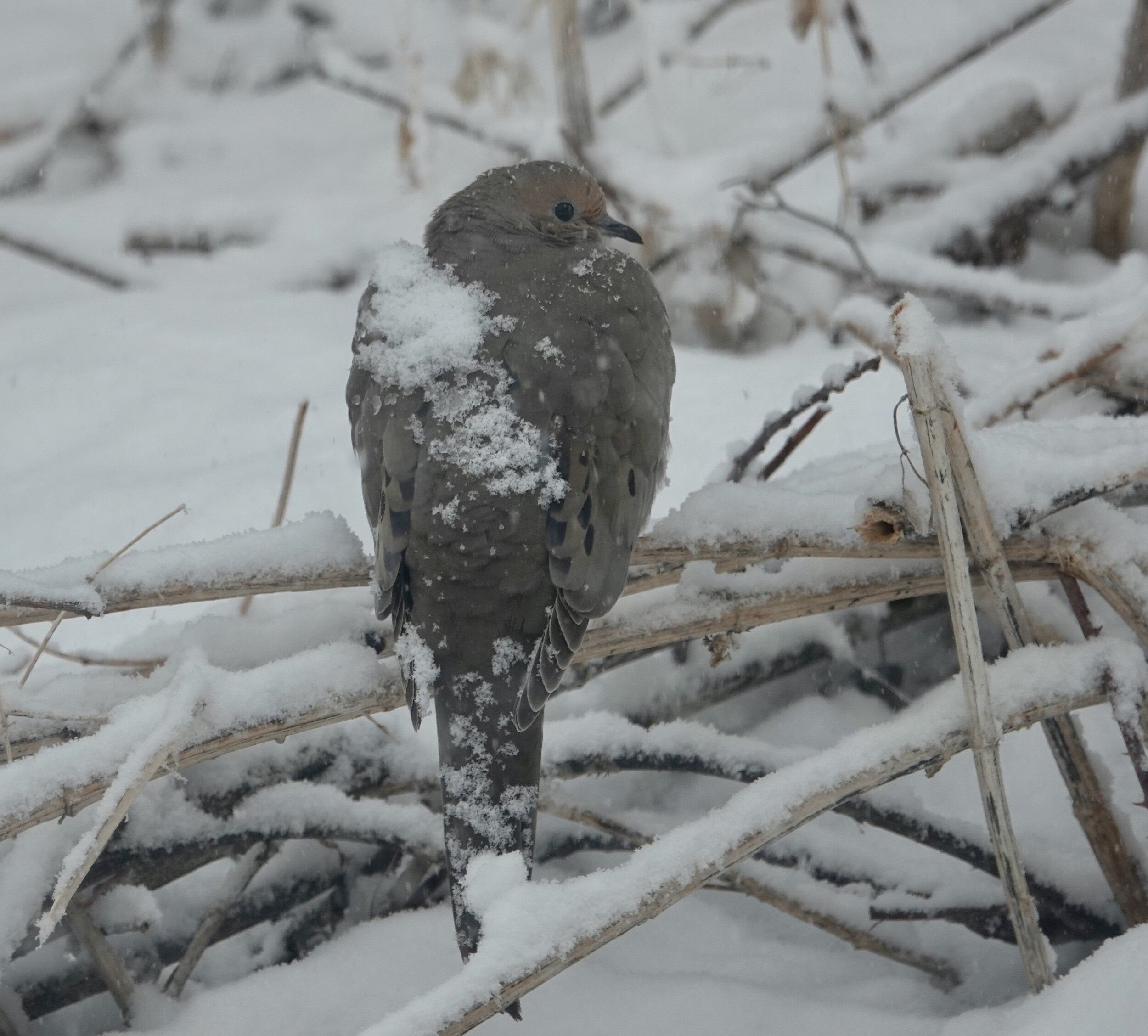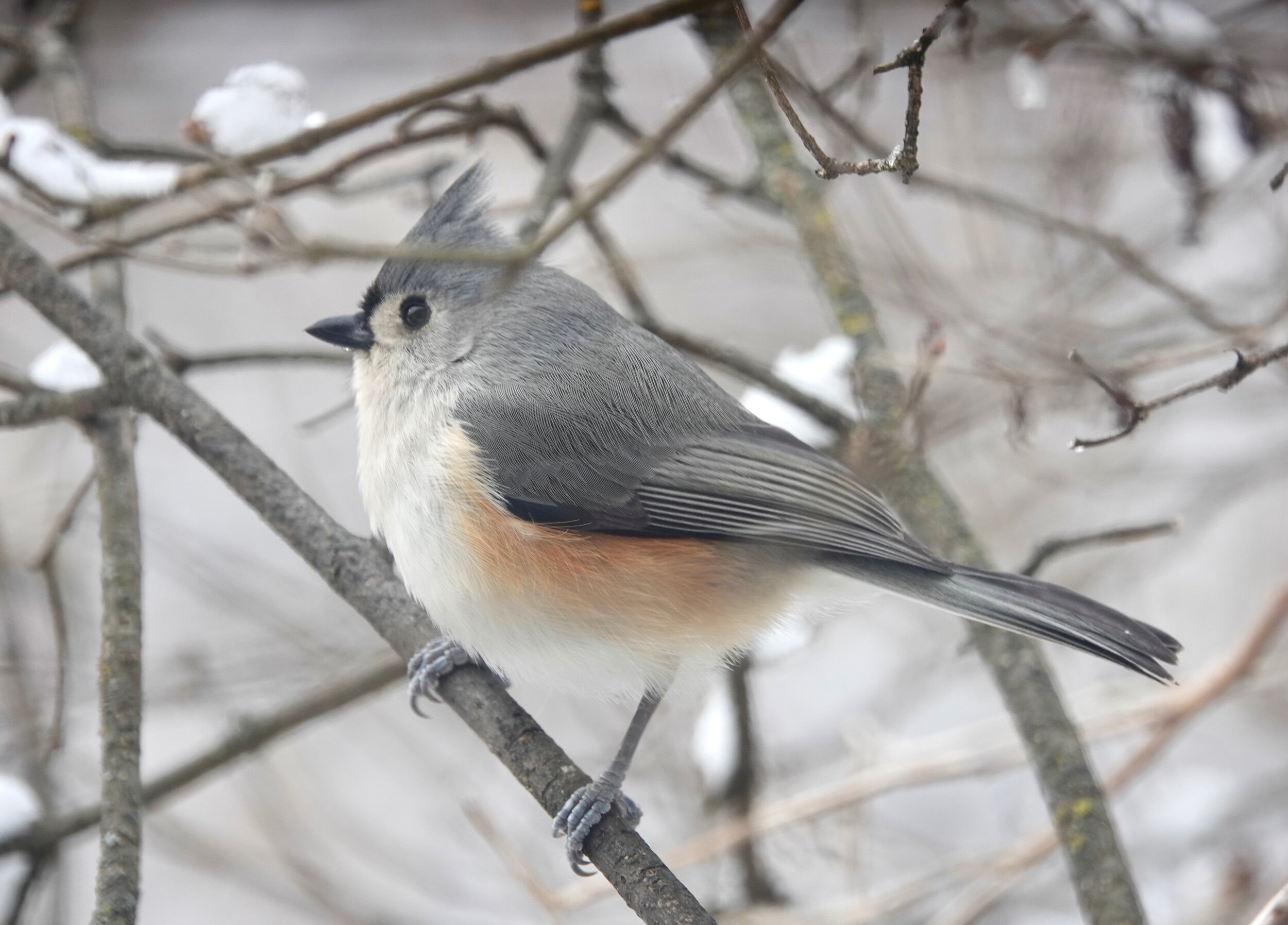austindailyherald.com April 29, 2020
Echoes from the Loafers’ Club Meeting
I have only one word for you.
What’s that?
Plethora.
Thanks. That means a lot.
Driving by Bruce’s drive
I have a wonderful neighbor, named Bruce. Whenever I pass his drive, thoughts occur to me, such as: Studies have found we touch our faces 16-23 times per hour on average. We play tag with ourselves. Gus and Julie Courrier of Emmons sent me a birthday card and useful gift — a single sheet of toilet paper. It wasn’t gold-plated, but it was thoughtful.
I love my jobs. The work required heaping amounts of travel. Not anymore. Life changes with bewildering speed. Lockdown has caused me to sleep better and more. There’s nothing like sleeping in my own bed. A Sleepopolis study (https://sleepopolis.com/sleep-cities/minnesota/) found Minnesotans working from home sleep an extra 15.7 hours per month. The research ranked Minnetrista as the best city for sleeping in Minnesota, while Bemidji came in last. Sleep is impacted by important behavioral, environmental, and lifestyle factors. Air pollution is a major factor. Clive was the best Iowa city for sleeping and Centerville the worst. An anonymous donor gave each household in Earlham, Iowa, gift cards worth $150 each (a $50 gift card each to a local restaurant, grocery store and coffee shop) to ease the burden of social distancing. I’ll bet the donor of more than $82,000 was a well-rested person from Clive.
I think Hadacol would make a good name for a baby. Its creator, Dudley LeBlanc of Louisiana who ran the company from 1945 to 1951, when asked the name’s origin, said, “Well, I hadda call it something.” Hadacol was everywhere — radio, billboards, newspapers, magazines, pharmacies and liquor stores. Ads for the wonder elixir weren’t necessarily fact-based. One was: “Two months ago I couldn’t read nor write. I took four bottles of Hadacol and now I’m teaching school.” Jerry Lee Lewis sang, “The Hadacol Boogie.” The patent medicine or snake oil was a mixture of vitamins B-1 and B-2, iron, calcium, niacin, honey, phosphorus and 12 percent alcohol. They left the mistakes in. It was advertised as a cure for: high blood pressure, ulcers, strokes, asthma, arthritis, diabetes, pneumonia, anemia, cancer, epilepsy, gallstones, heart trouble and hay fever. On the TV show “You Bet Your Life,” Groucho Marx asked LeBlanc what Hadacol was good for. LeBlanc quipped “It was good for $5 million for me last year.” It went bankrupt shortly after LeBlanc sold it. Maybe it wouldn’t make a good name.
The old joke department
A duck walked into a convenience store and asked the clerk, “Do you have any grapes?” The clerk said no and the duck left. The next day, the duck returned and asked, “Do you have any grapes?” The clerk again said no and the duck left. The following day, the duck waddled into the store and asked, “Do you have any grapes?” The clerk screamed at the duck, “You’ve come in here before asking for grapes. I told you each time, we don’t have any grapes! If you come back here again and ask for grapes, I’ll nail your feet to the floor!” The duck left, returned the next day and asked, “Do you have any nails?” The clerk replied, “No,” and the duck said, “Good. Do you have any grapes?”
I’ve been binge-reading and enjoyed
“The Sinking Of The Eastland: America’s Forgotten Tragedy” by Jay Bonansinga. A story about the sinking of the excursion boat Eastland on the Chicago River in 1915. There were 844 casualties. “A Hero Nonetheless: Albert Miller Lea, 1808-1891” by Robert M Merryman. The city and lake of Albert Lea were named after this Confederate Army major. “David and Goliath: Underdogs, Misfits, and the Art of Battling Giants” by Malcolm Gladwell. An examination of success, motivation and the role of adversity in shaping lives. “The Dog of the South” by Charles Portis. Portis was the author of “True Grit.” No cowboys in this one.
Nature notes
“I heard a professor in Wisconsin say golden eagles are much larger than bald eagles. Is that right?” The two are about the same size with the females being larger. Bald eagles are slightly longer on average than golden eagles. Their average weights are about the same, with the heaviest birds being balds. The wingspan of the two species are 6 to 7.5 feet. In a slightly related note, the Guinness Book of World Records lists the largest bald eagle nest on record as being found in St. Petersburg, Florida. It was 9.6 feet in diameter, 20 feet deep, and estimated to weigh 4,409 pounds.
Meeting adjourned
If you open your eyes and you’re still here, be happy. Be kind.
(C) Al Batt 2020
Blue-winged teal.





























































